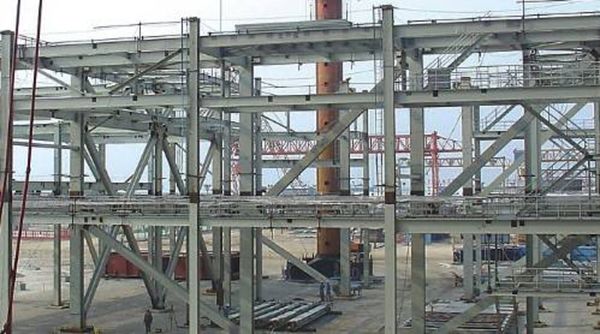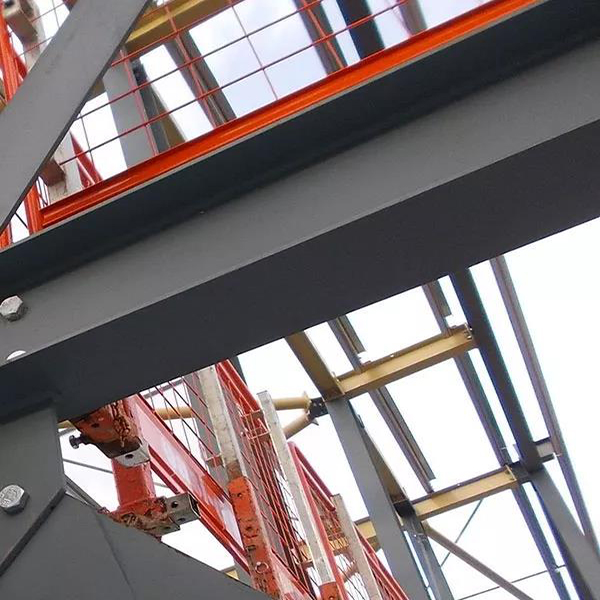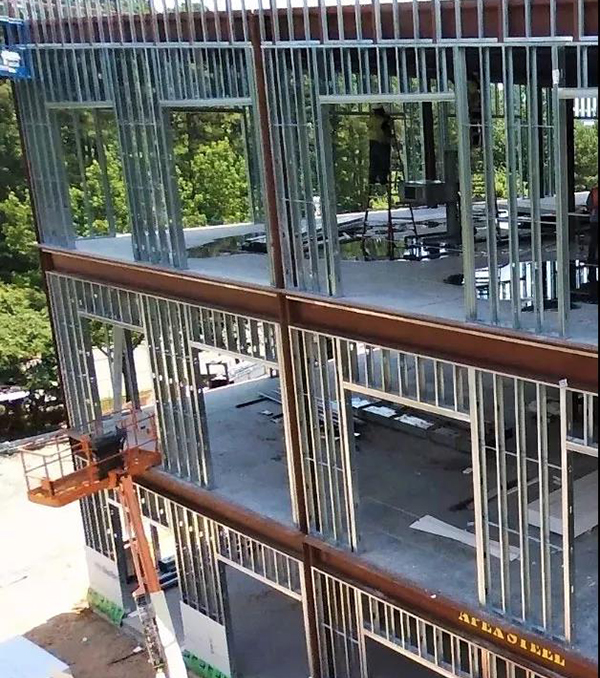The differences between light and heavy steel structure
- 28 May 2020
- steel structure

Distinguishing light-weight steel structure from ordinary steel could through the design rules of light steel structure; light-weight steel structure houses are not strictly defined, and it can generally be distinguished by the cross-sectional composition of the main bearing members. Therefore, the following structures can be called light steel structures:
(1) Structure made of cold-formed thin-walled steel;
(2) Structure made of hot-rolled light section steel;
(3) Structure composed of welded and high-frequency welded light-weight steel;
(4) Structure made of round tube, square tube, rectangular tube, etc.;
(5) Structure made of components welded from thin steel plates;
(6) A structure made of a combination of the above components.
There is indeed no unified standard for judging the heavy steel structure and light steel structure. Many experienced designers or project managers often cannot fully explain it, but we can consider and judge with some data:
1. Hoisting weight of workshop: greater than or equal to 25 tons, it can be considered as heavy steel structure.
2. Steel consumption per square meter: greater than or equal to 50KG / M2, which can be considered as heavy steel structure.
3. The thickness of the main component steel plate: greater than or equal to 10MM, less used for light steel structure.
In addition, there are some reference values: such as cost per square meter, maximum component weight, maximum span, structural form, eaves height, etc. These can provide empirical data when judging whether the plant is heavy steel or light steel. Of course, many buildings are including light light and heavy steel now. However, there are some that we can be sure that it is heavy steel: such as: petrochemical plant facilities, power plant buildings, large-span stadiums, exhibition centers, high-rise or ultra-high-rise steel structures.
In fact, there is no heavy steel in national regulations and technical documents. In order to distinguish light steel structure houses, it may be more appropriate to call the general steel structure "PU Steel". Because the scope of ordinary steel structure is very wide, it can contain various steel structures, regardless of the load size, and even includes many contents of light-weight steel structure. The technical regulations for light-weight steel structure of housing only stipulate some more specific ones for its "light" characteristics Content, and the scope is limited to single-layer portal frame.

Light steel is also a relatively ambiguous term, and it can generally be understood in two ways. One is the "Light Steel Structure of Round Steel and Small Angle Steel" in the current "Code for Design of Steel Structures", which refers to the light steel structure made of round steel and angle steel smaller than L45 * 4 and L56 * 36 * 4, mainly in steel The lack of a small structure that was not suitable for manufacturing with reinforced concrete structures in the absence of time is basically not widely used, so this time the steel structure design code revision has basically tended to be removed. The other is the single-layer solid web portal rigid frame structure with light roof and light exterior wall (may also use external walls of masonry conditionally) as stipulated in "Technical Regulations for Steel Structure of Lightweight House with Portal Rigid Frame". Lightweight here mainly refers to the use of lightweight materials for the enclosure. Since the former one is about to be canceled, the current meaning of light steel mainly refers to the latter one.
It can be seen that the differences between light steel and general steel are not the weight of the structure itself, but the weight of the enclosing materials bears, and the structural design concept is consistent.
